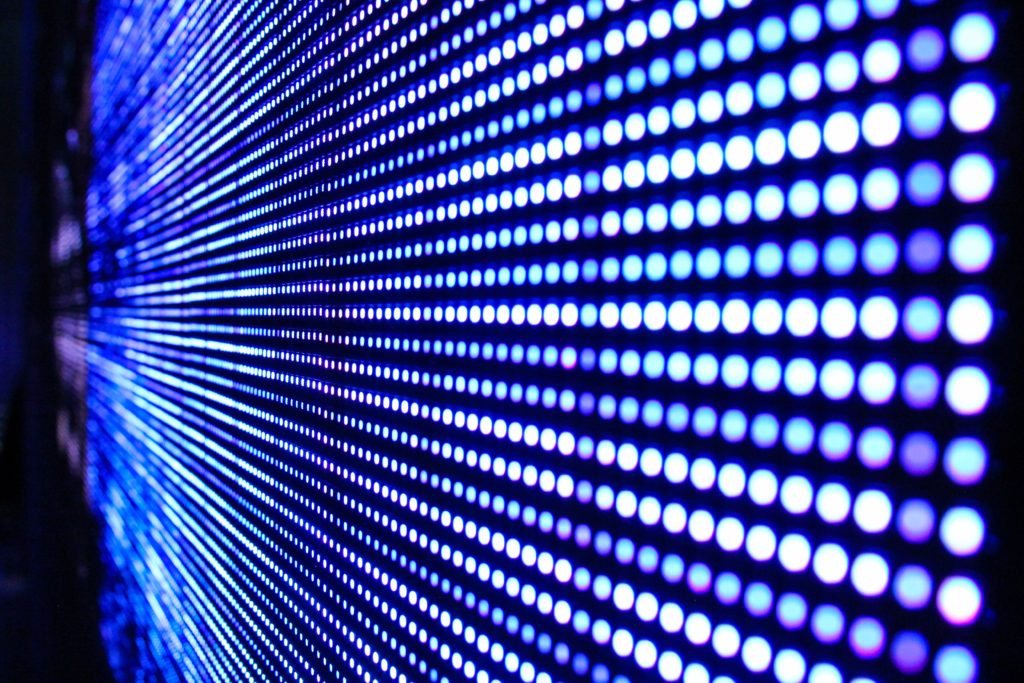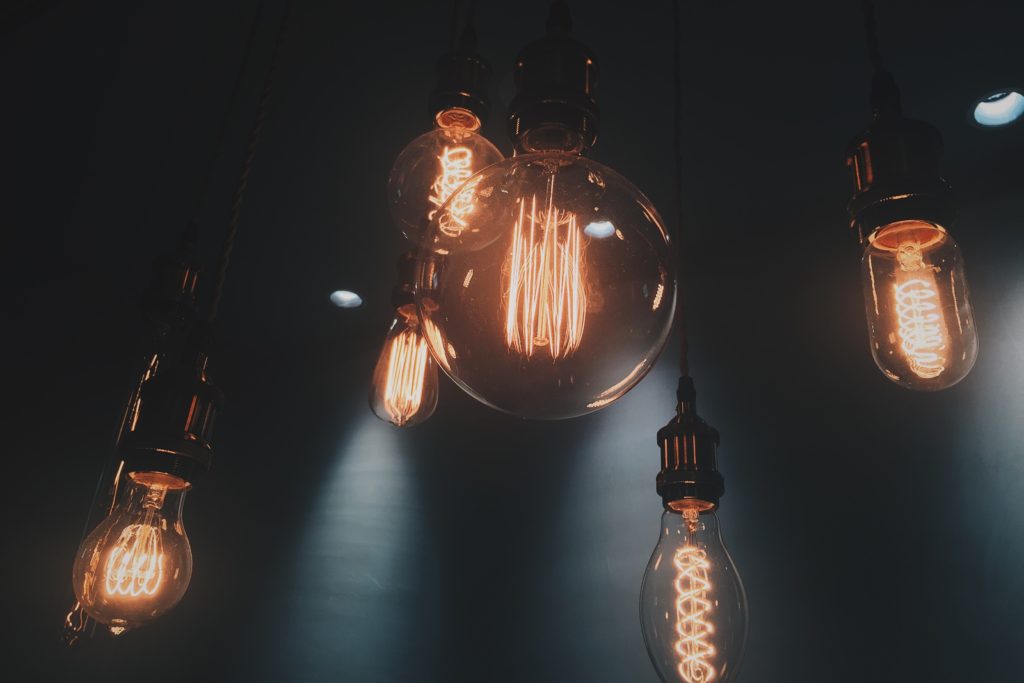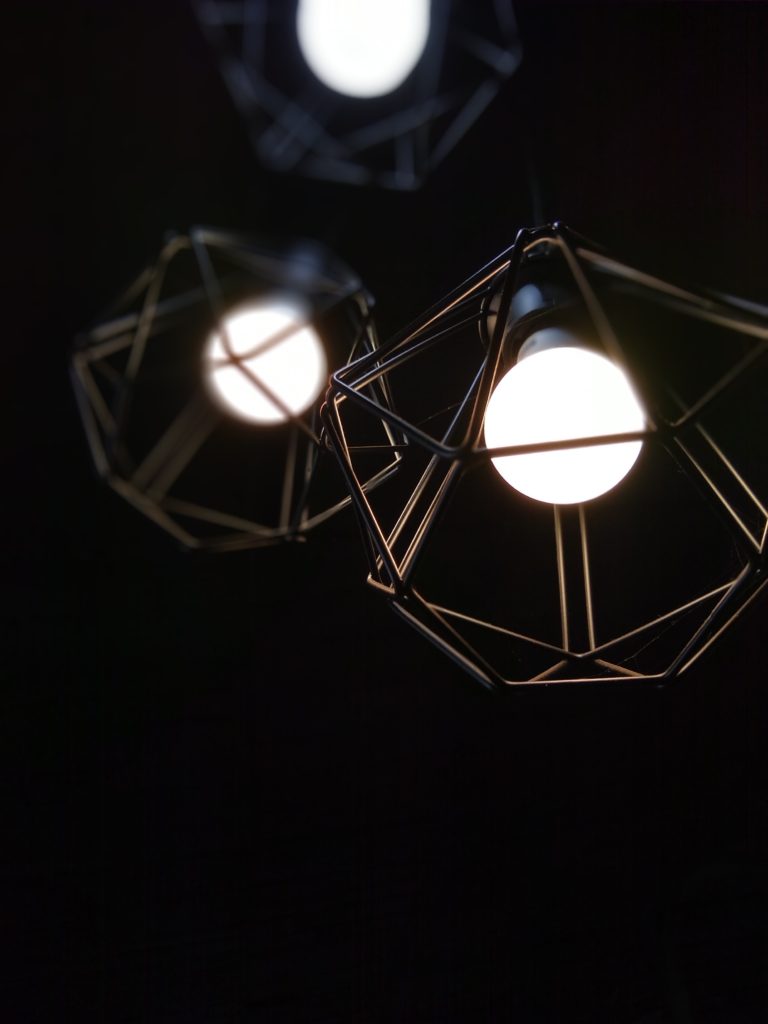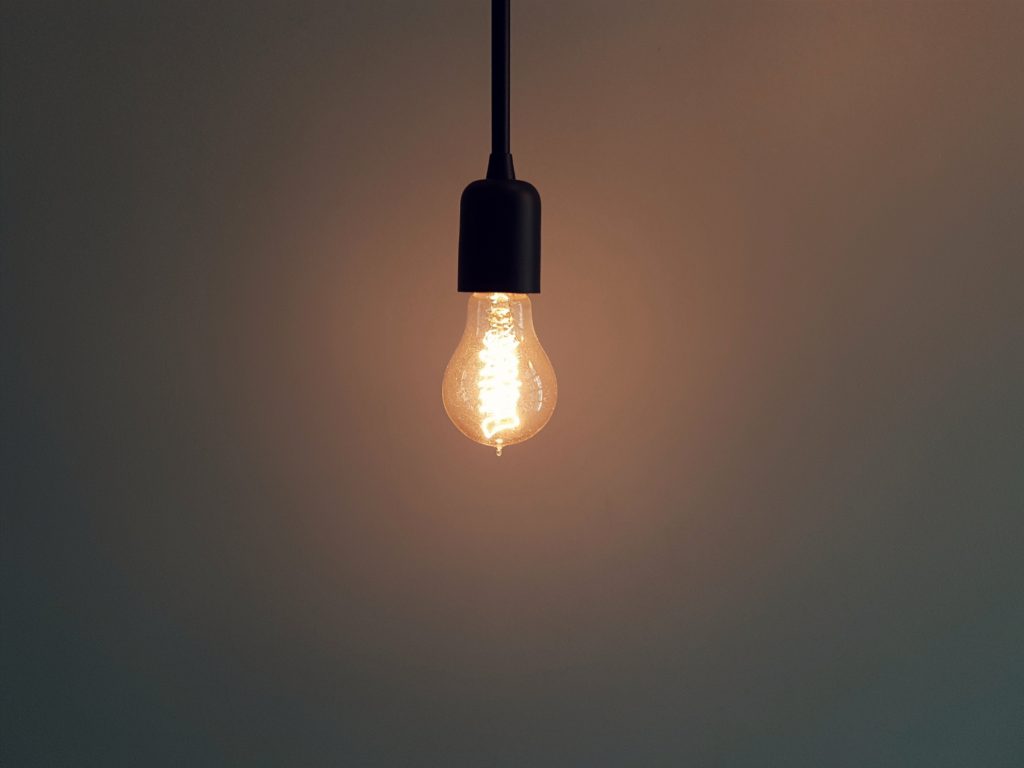
We use light bulbs every day: in our homes, cars, offices, stores and more. Though it is important that they light up the area, it is also significant the way that the light is emitted. With this goal in mind, it is essential that you know the difference between LED and incandescent lighting.

What is LED and Incandescent?
The biggest difference between the two is how they emit light. Incandescent lights, which have been around since the 1800s, are your classic light bulb; they produce light by heating a wire filament to a specific temperature that then generates light and heat. The wire is surrounded by a glass bulb that is usually filled with an inert gas.
LED, or light emitting diodes, on the other hand, do not have filaments and function completely different. A diode is an electrical device with two electrodes that allow electricity to pass through. The two electrodes are anode and cathode. The current enters through the anode and exits though the cathode, much like how a battery would operate.
An LED is usually made from semi-conductive material that is then wrapped in plastic. When a current passes through the electrodes and semi-conductive material, it emits visible light, or a photon.

Pros of LED and Incandescent
Both light bulbs have their individual benefits.
Incandescent light bulbs are cheaper than LED. They are also more widely available, though LED is becoming more popular over time.
LED, however, is noted for its long lifespan, energy efficiency and low maintenance costs. An LED light can operate up to 50,000 to 100,000 operating hours, or roughly five to 10 years. It is more energy-efficient than an incandescent as it wastes less energy by producing a low amount of heat.
LED also emits light directionally instead of 360 degrees, which is what incandescent does; this saves energy because it is focused on a certain degree instead of creating more energy for the entire 360 degrees.
As for maintenance costs, LED also has the upper hand, even though they are (initially) more expensive.

LED and Incandescent Cons
Even though incandescent light bulbs are cheaper at face value than LED, LED are the better options over the long haul. Incandescent light bulbs usually last about 1,000 operating hours, so you have to buy and replace them more often than you would an LED light. However, people are still hesitant about purchasing LED lights due to that initial price tag.
Another issue with incandescent lights is that they are some of the worst energy-efficient means of lighting up a room. About 90% of the energy consumed by an incandescent light goes into generating heat, whereas LED lights create a low amount of heat. This is due to the way that LED lights are created.

Light Bulbs Unlimited
No matter if you are looking for LED or incandescent light bulbs, Light Bulbs Unlimited can help you with your purchase. Our knowledgeable staff can help you decide between the LED and incandescent or any of our numerous lighting options. Stop by today to buy your lights!

